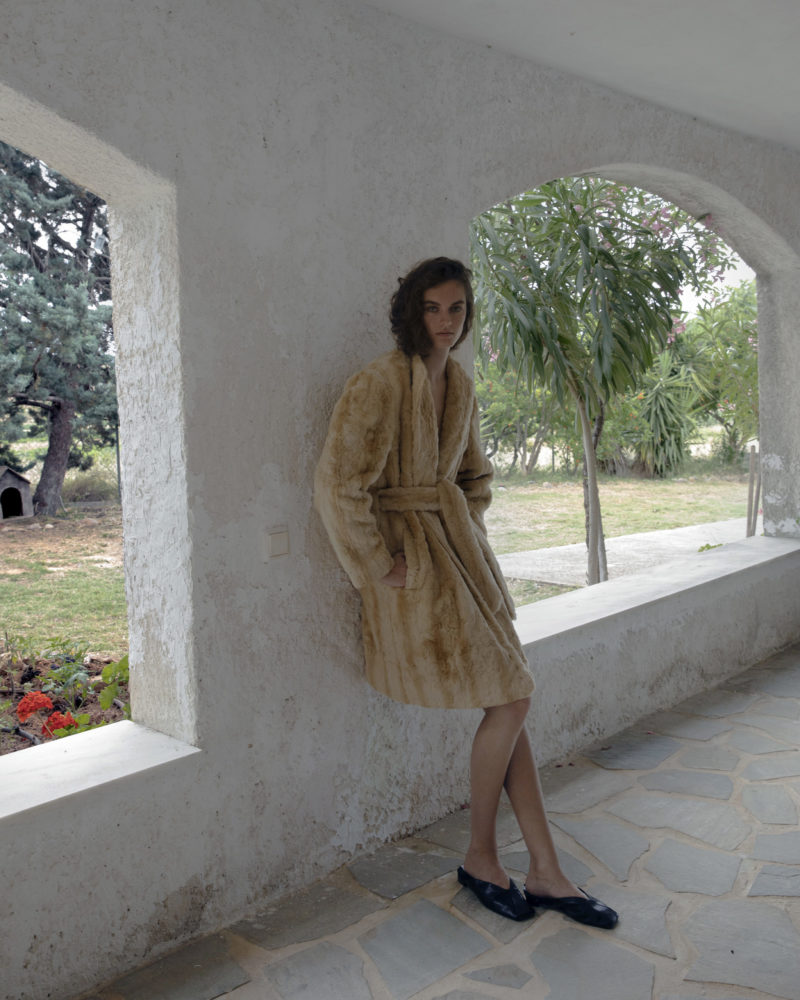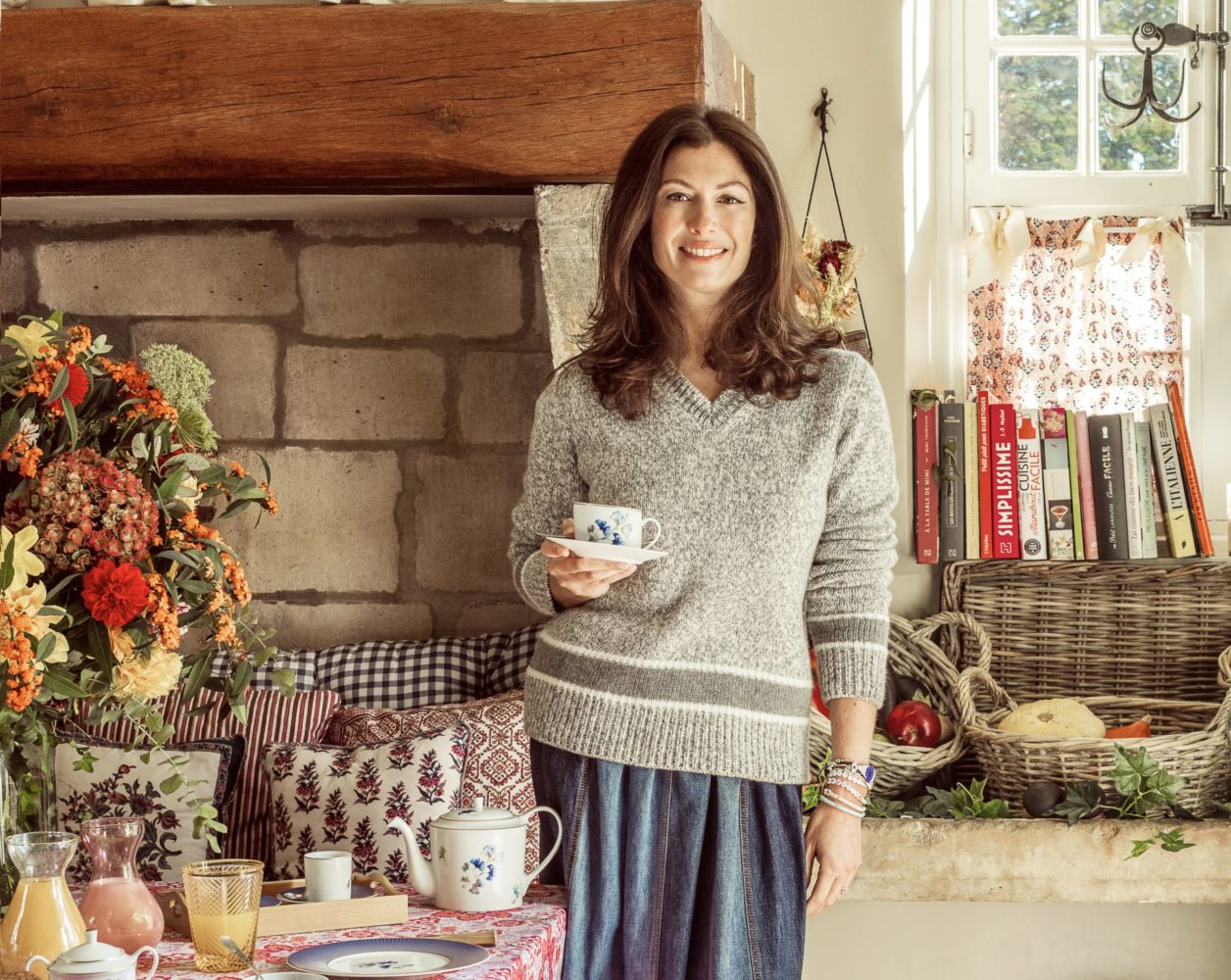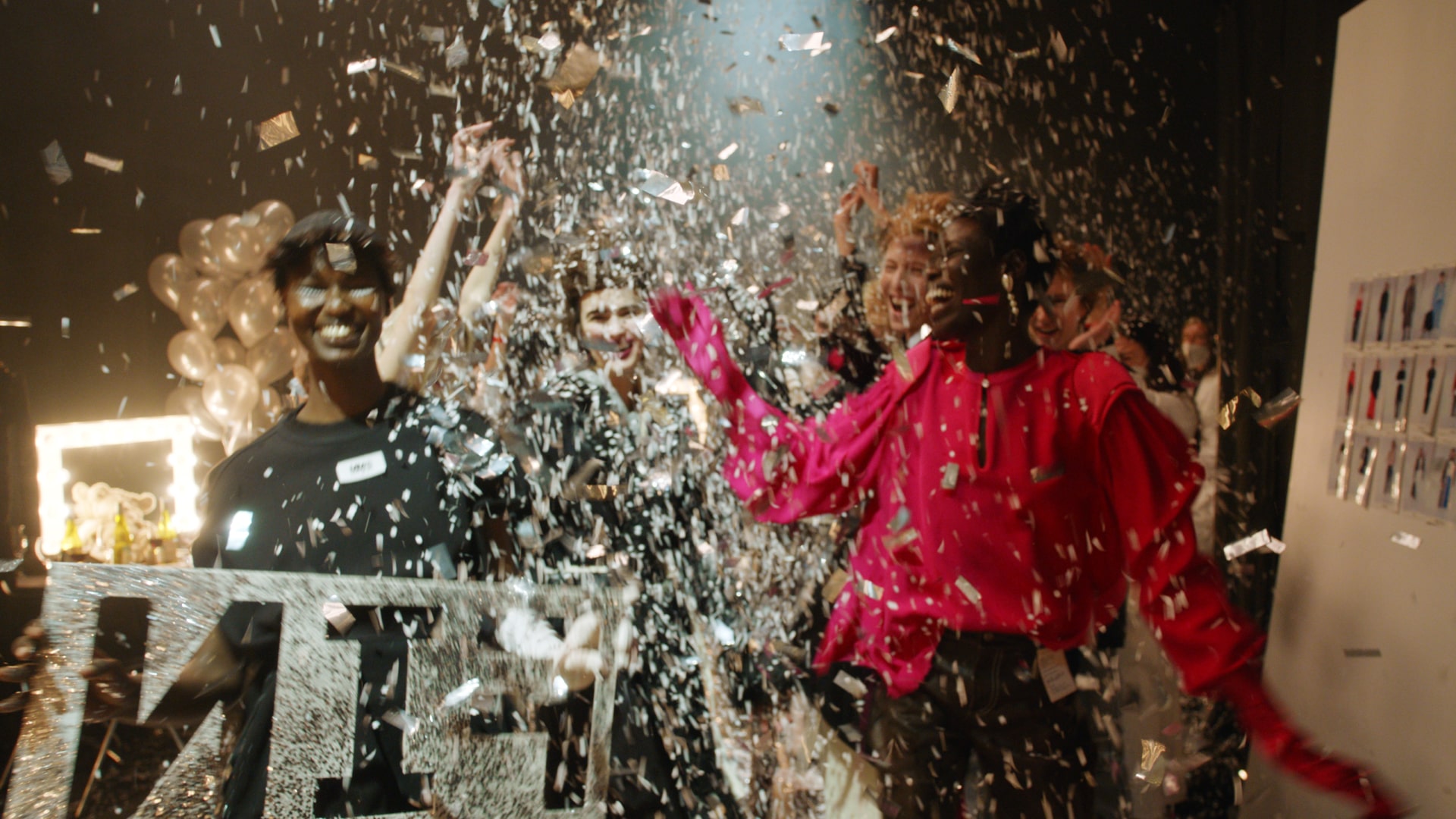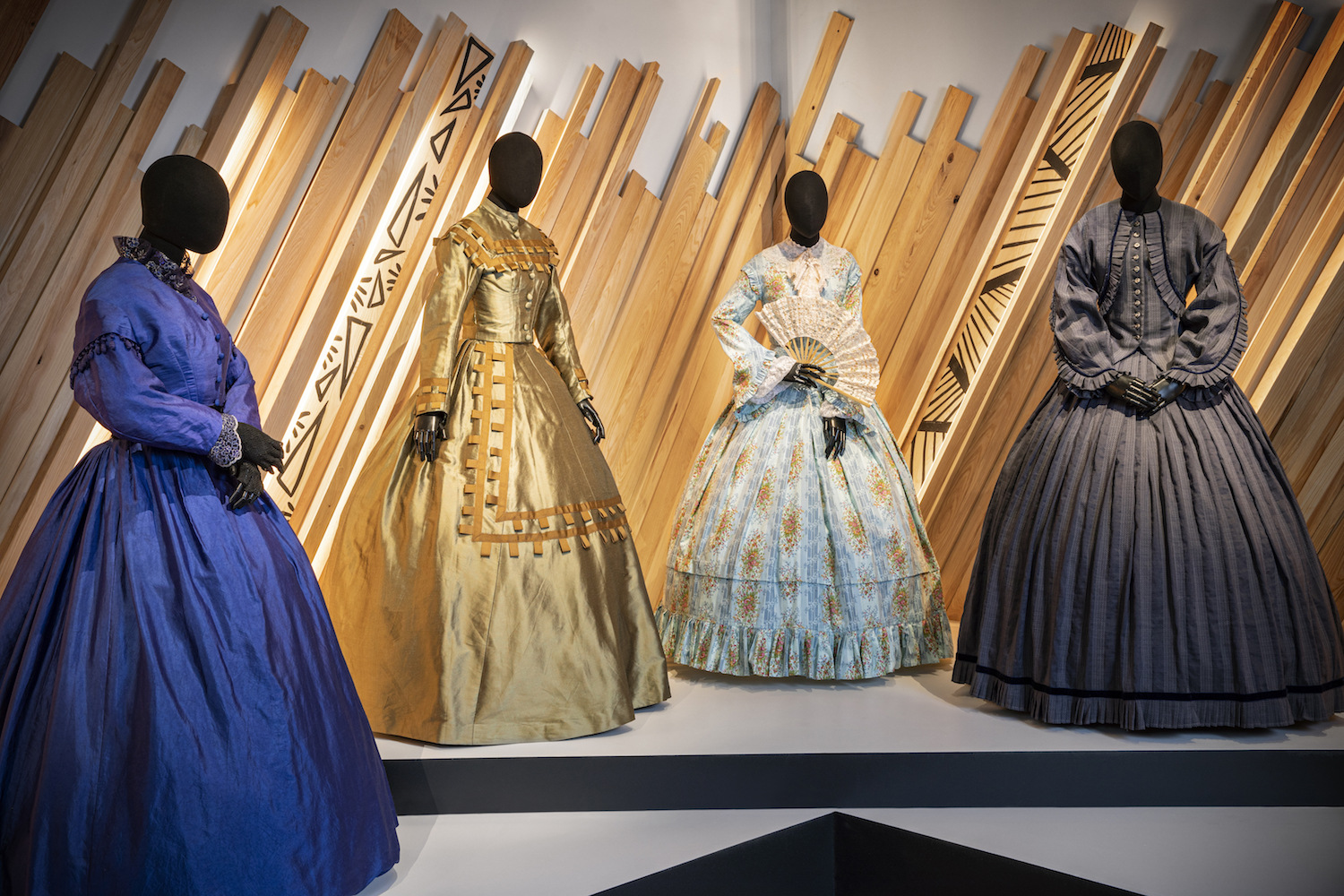Maya Reik was just 17 when she founded her fashion label Marei 1998 in 2015. In the years since, the Israel-based designer has made a name for herself, earning recognition in the fashion world for creating cruelty-free, sustainable garments and accessories from faux fur and vegan leather.
Starting in the early days of the brand, Reik made ethics a priority, opting out of the typical fashion calendar and practices and for slower production in order to remain sustainable. The house also follows a no-waste practice that upcycles around 90 percent of its own fabric from previous seasons, intentionally cutting garments in a way that ensures the remaining material can be used.
Known and loved by prominent names like Bella Hadid, Emma Watson, and Ariana Grande, Reik has infused Marei 1998 with a decadent luxury that, until recent years, many of us thought was unattainable with faux fur or leather. Combining that ethos of responsibility with timeless styles—like its rectangular Poppy and Pampas bags or the long, kimono-like Eklonis coat— the label is, one design at a time, taking the fashion world by storm.
Whitewall caught up with the designer to learn more about the brand and how it has evolved since its inception.
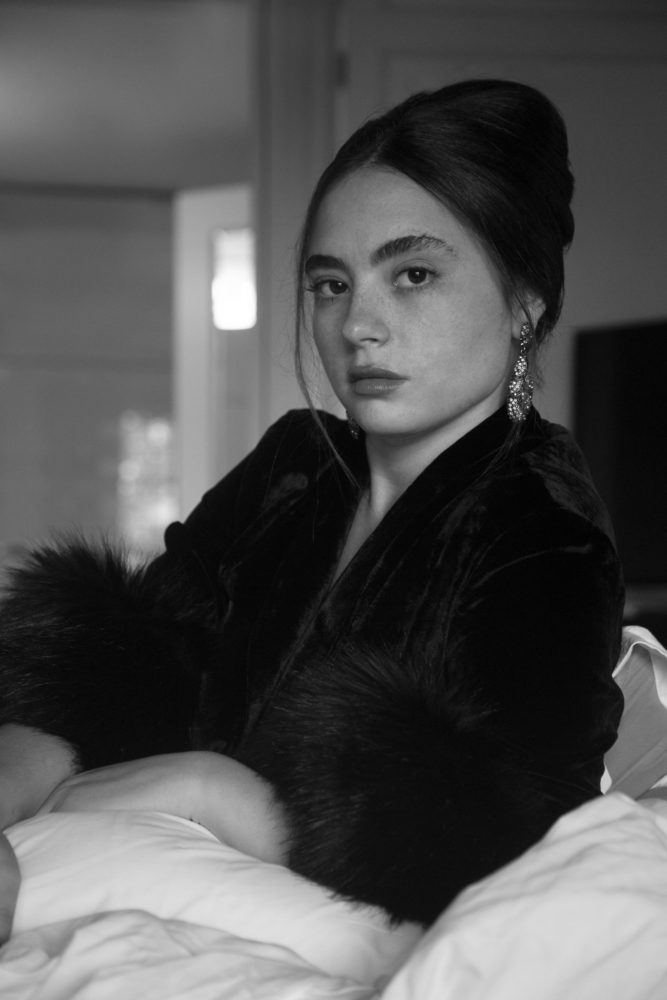
Portrait of Maya Reik, courtesy of Marei 1998.
WHITEWALL: Marei 1998 is the culmination of inspirations like your grandmother’s confidence and fashion sense and your love of travel and culture. How did the brand stem from that?
MAYA REIK: My grandmother Miriam has always been my inspiration and my muse. As I grew older, I understood her fashion sense is based around the ethos of keeping beloved and cherished pieces in her wardrobe for decades. The fact that she was able to preserve wardrobe staples, and doesn’t believe in wearing real leather or fur, was embedded in my creative approach to fashion for as long as I can remember. Miriam practiced sustainability before it was even a term people could comprehend. She never tries hard to put together an outfit: it is just part of her DNA.
The more I was exposed to culture as a child the more I could develop my own “language” and aesthetic that draws influences from all over the world. Prior to 2020, I was fortunate enough to have visited countries and experienced cultures that have truly played a role in my artistic evolution. I find that travel, fashion, art and culture is simply a lens through which I create and continue to be inspired by.
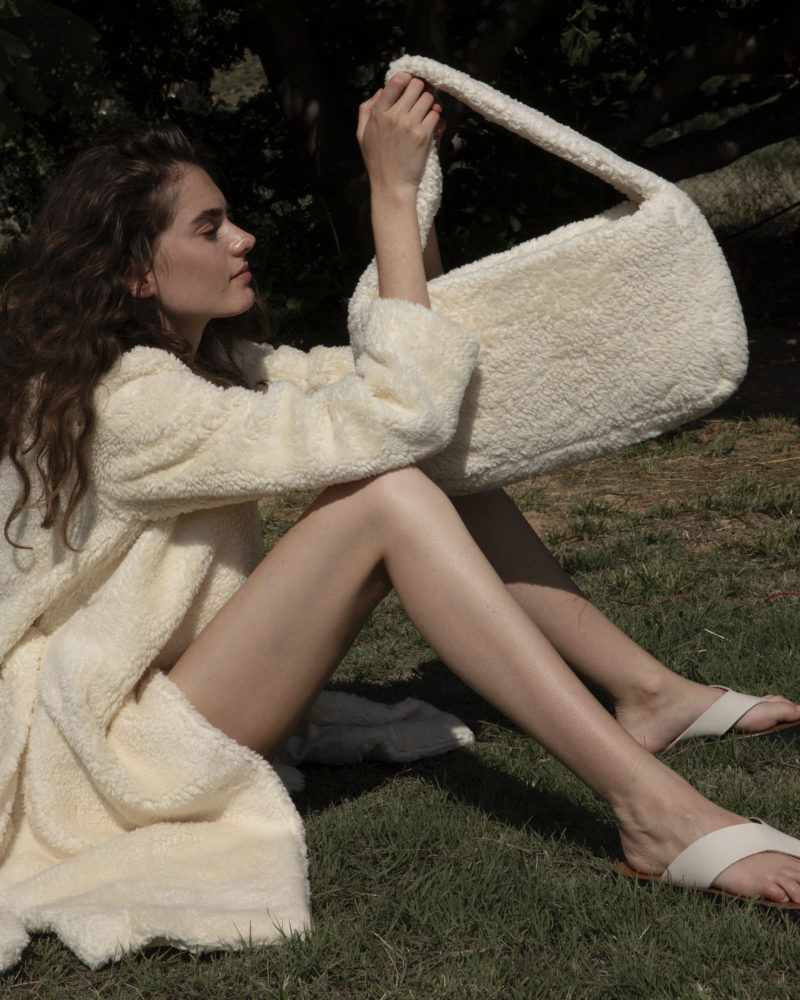
Courtesy of Marei 1998.
WW: What was it like launching a brand at such a young age—would you say there were any advantages or challenges?
MR: Phew. So many challenges! I came into the industry with no prior experience or traditional training. As an autodidact, I found that this situation was advantageous, but I only learned that many years later. I wasn’t prepared for certain situations and learned in real-time, which I would say gave me a heightened understanding of working with people.
Another main challenge— because of my age—is that people think you are going to last for only one or two collections and then move onto the next “thing.” I took feedback from others too seriously and didn’t trust in my intuition enough.
WW: What is your creative process like? What does a day in the studio look like for you? How do you typically approach a new collection?
MR: My creative process changes all the time, but the identity of Marei 1998 is steady. I tend to get excited about specific artists and ideas that subconsciously work their way as major inspirations into my world. Recently I reconnected with nature and use quiet moments walking outside to clear my mind, which naturally allows for the flow of news ideas to arise.
The studio life consists of many moving parts, but recently I took my studio home as restrictions from the pandemic have changed the way we work and live. The shift from an around-the-clock work-travel-studio life to a more centralized working environment has definitely been interesting and has furthered my belief in sustainability and the idea that less is more.
Over the past year we have shifted from launching seasonal collections to focusing on our signature faux fur and vegan leather pieces, which in a way creates a “family” of its own. The constant need to create just to create is no longer relevant for me and Marei 1998. Thus, creating and launching a new piece comes only after deliberation and a decision that this item is truly important and fills a need for our clients who prioritize quality over quantity.
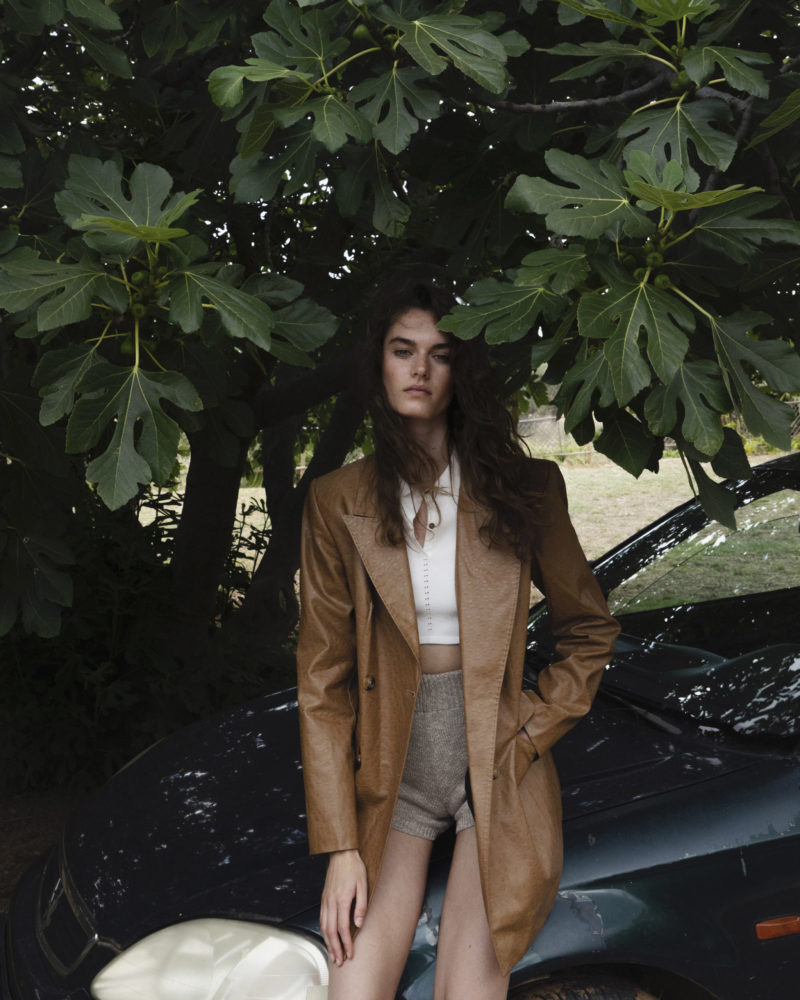
Courtesy of Marei 1998.
WW: You’ve managed to infuse the same feeling of elevated luxury of genuine fur or leather into your vegan, sustainable options. What steps did you take to achieve this and how you came to the fabrics and techniques you use today?
MR: The first time I touched faux fur it immediately clicked that this was the fabric of the future, and that Marei 1998 would dive deep into this path of researching and understanding the meaning behind sustainable and vegan material alternatives.
I traveled to several countries in Europe and Asia to locate ethical textile producers and create our own fabrics that satisfied the level, look, and feel of faux fur and vegan leather that we demanded. It was important for me to visit every factory and meet the people who actually create our textiles.
WW: How has the identity of Marei 1998 evolved since its inception?
MR: Marei 1998 has been in a state of constant evolution: a manifestation of my personal and ethical growth. We first started as a label focusing on timeless pieces for day and night, and that was approachable by various age groups. From the second collection onwards, our focus shifted to an exemplary practice of sustainability underlying everything we do as a label.
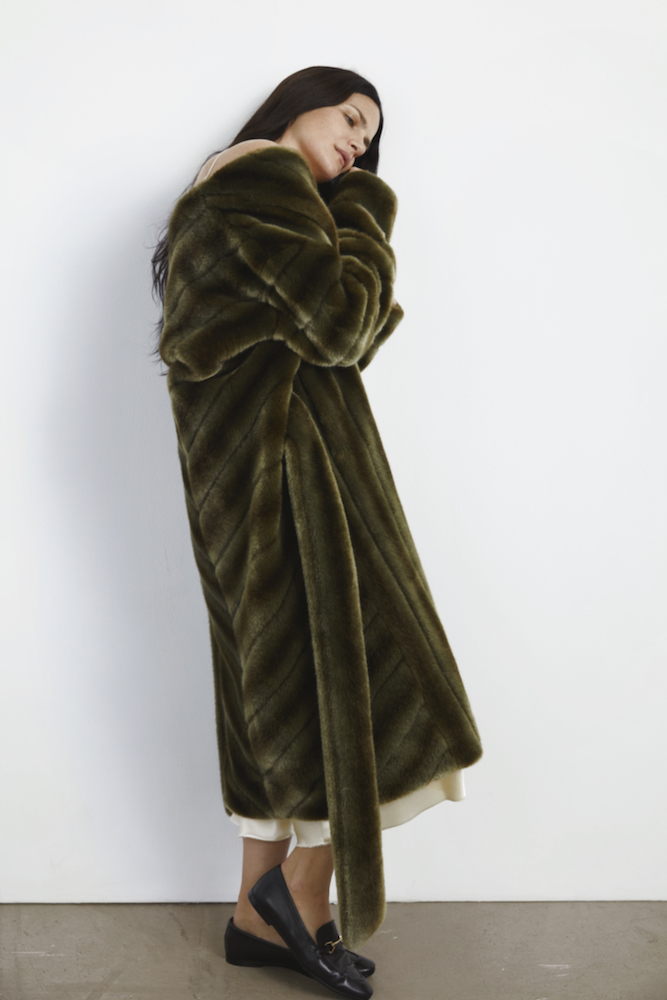
Courtesy of Marei 1998.
WW: We read that, along with slow fashion and sustainability, you’re looking for ways to utilize the brand to empower women and local economies. What’s next for the brand in this capacity?
MR: In this aspect, I have many dreams and ideas for the future—[like] our recent collaboration with supportandfeed, an organization which provides plant-based meals prepared by local restaurants and businesses [for] people experiencing food insecurity in BIPOC and other communities. We organized a sale of our classic signature pieces from the past years and gave 10% of all sales to supportandfeed.
I believe that fashion should give back, form bonds between people, and do good for the world. This year we are hoping to collaborate with like-minded organizations that empower women and support those in need.
WW: What Marei 1998 piece are you always wearing?
MR: The Marei 1998 faux fur Poppy/Pampas handbag is literally with me everywhere I go. The piece is created exclusively from fabric remains from our faux fur coats and scarves. The handbag I am carrying has been the same for the past three years. I see no reason to swap for something new when this current piece still upholds its aesthetic, function and durability: the ethos of Marei 1998.
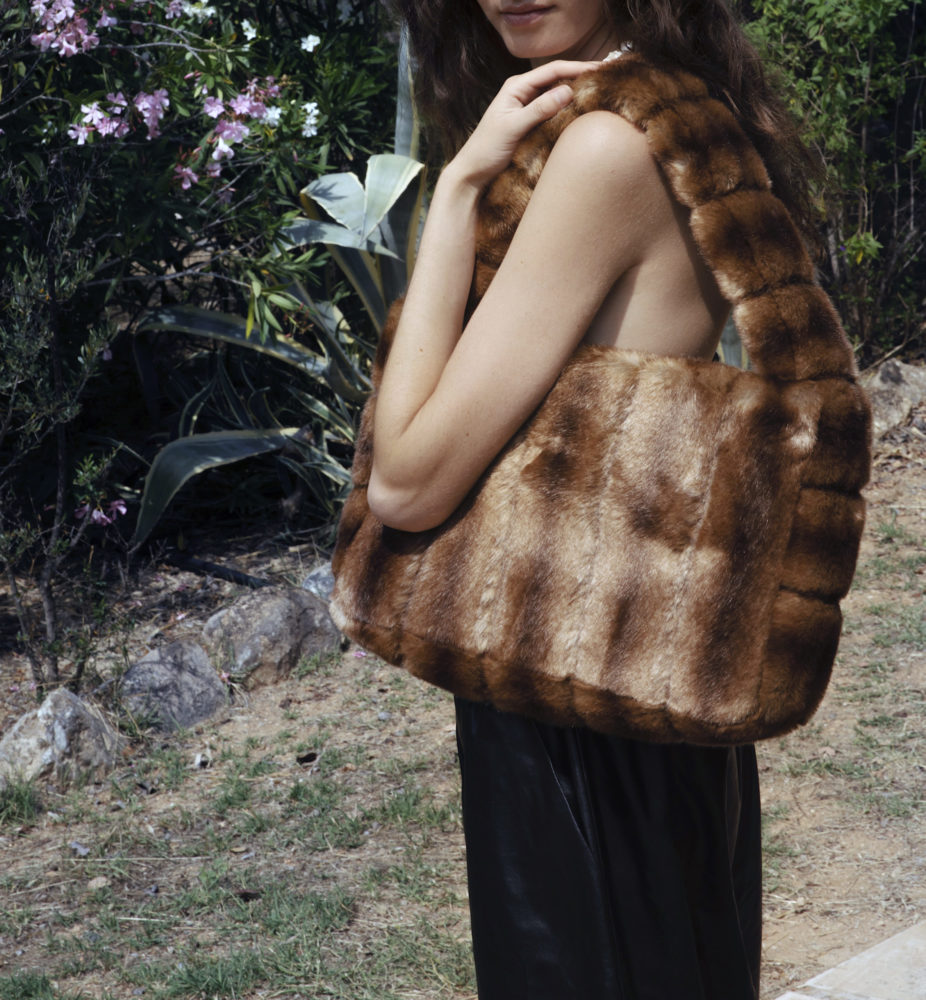
Courtesy of Marei 1998.


